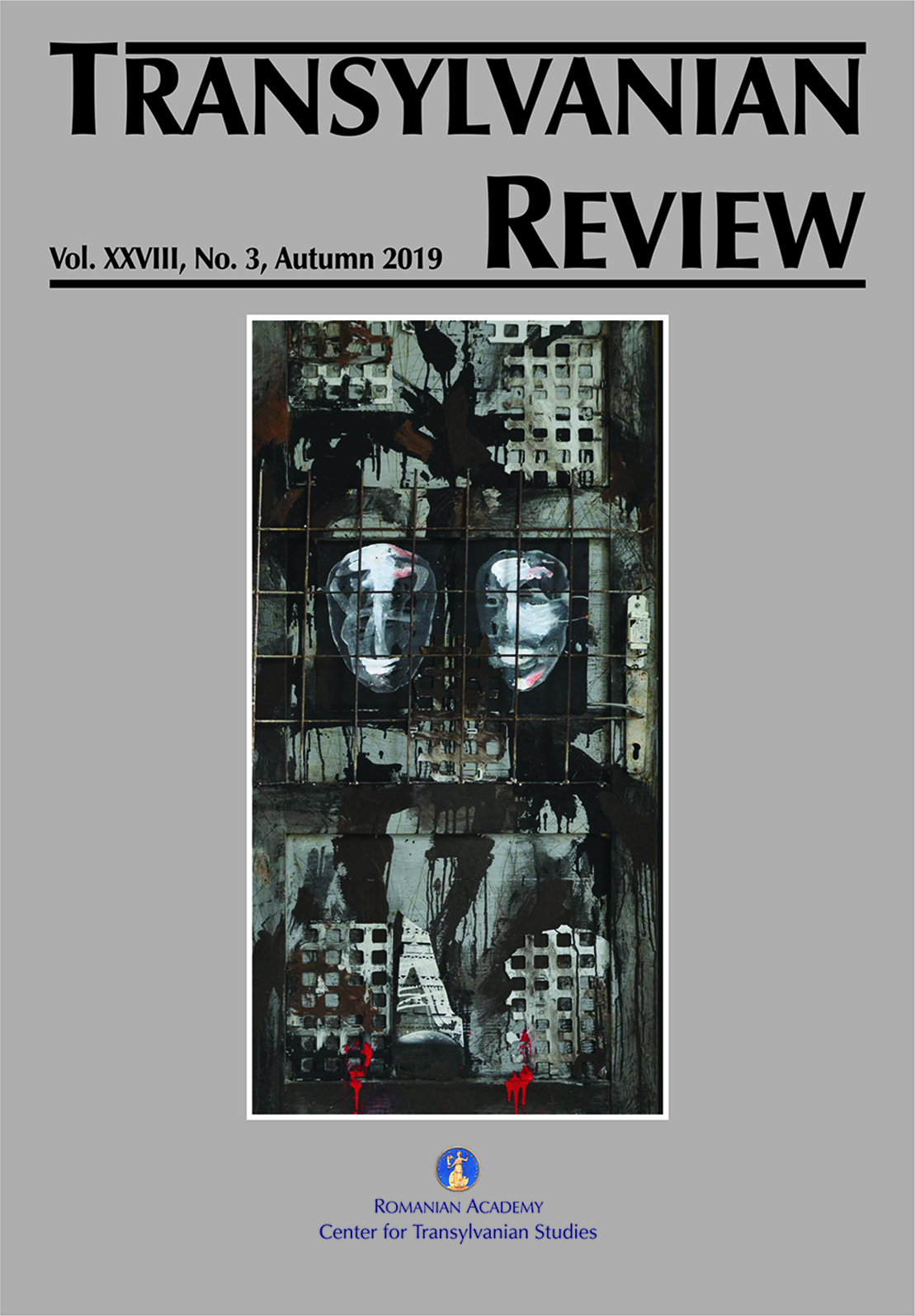December 1989 in Romania: People’s Revolt, Revolution, or Coup d’État?
December 1989 in Romania: People’s Revolt, Revolution, or Coup d’État?
Author(s): Dennis DeletantSubject(s): History, Recent History (1900 till today), Post-War period (1950 - 1989), Transformation Period (1990 - 2010)
Published by: Academia Română – Centrul de Studii Transilvane
Keywords: revolution; coup d’état; people’s revolt; Ceausescu; Timisoara; National Salvation Front;
Summary/Abstract: December 1989 in Romania: People’s Revolt, Revolution, or Coup d’État? – The paper discusses the events of December 1989 in Romania. Were they “a revolution”? The claim can be made that there was a rupture in sovereignty in Romania represented by the transfer of power from the Romanian Communist Party to the National Salvation Front. There were competing centers of power in Timişoara after the establishment of the Romanian Democratic Front on 20 December in opposition to the remnants of the Communist Party organization in the county council building; indeed, such a duality of power can be extrapolated to distinguish Timişoara from the rest of the country in the period 20–25 December. Are we to disqualify the use of the term “revolution” in the Romanian context not because a rupture took place in sovereignty but because there was no rupture in continuity, i.e. communists took over power? Or is it that some see the authenticity of a revolution defined not only in policy change, but also in a change of mentality? We can argue that Nicolae Ceauşescu’s overthrow was not a coup d’état. His retreat from the center of Bucharest in the face of vociferous protest bears the mark of revolution, as does the mass mobilization, widespread violence, spontaneous creation of revolutionary institutions, and subsequent fierce struggle between the revolutionary contenders on the streets of Romania’s cities. That multiple sovereignty did not last longer can be explained by two conditions; firstly, high levels of coercion prevented the appearance of an effective opposition prior to the revolution and, secondly, at the same time, such was the advanced level of state breakdown in Romania that in the end the regime needed only a limited challenge before it collapsed.
Journal: Transylvanian Review
- Issue Year: XXVIII/2019
- Issue No: 3
- Page Range: 28-45
- Page Count: 18
- Language: English

